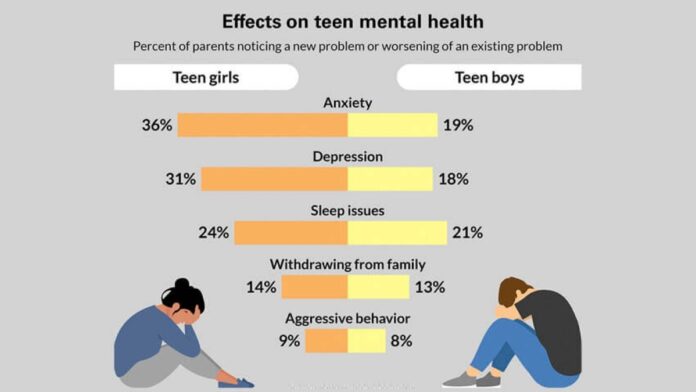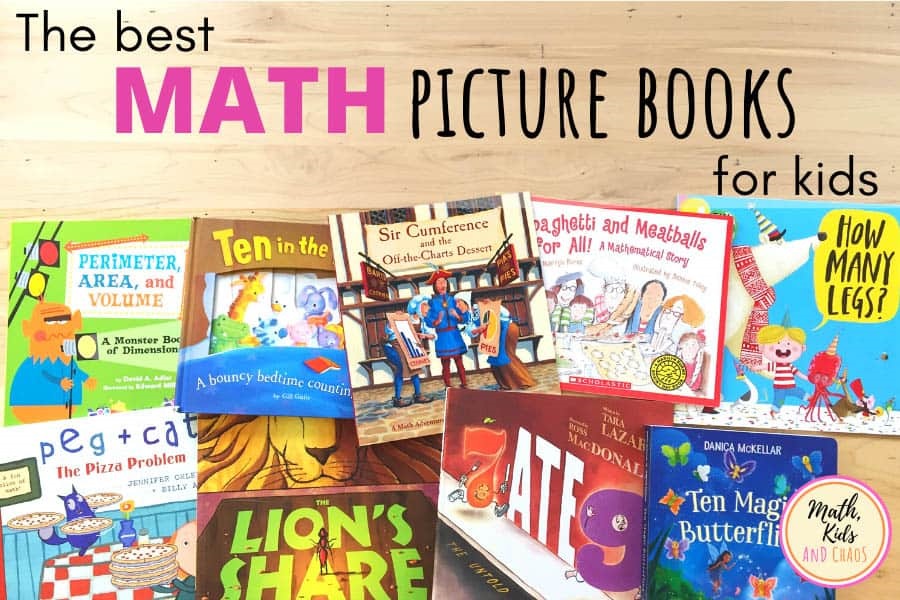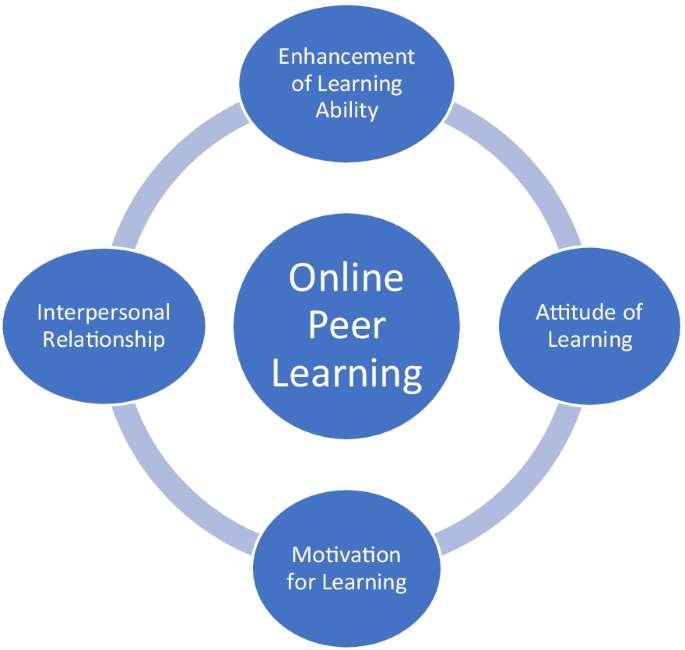Lakers vs Warriors preseason. On October 18, 2024, the Los Angeles Lakers wrapped up their preseason campaign with a heavy loss against the Golden State Warriors, 132-74. The Lakers, resting nearly all their key players, allowed their reserves and young prospects to take center stage. However, without their star-studded lineup. The Lakers were quickly overwhelmed by the Warriors, leading to a massive blowout in favor of Golden State.
This game was the second of a back-to-back for the Lakers, and the coaching staff decided to sit their top nine players. Including superstars LeBron James, Anthony Davis, Rui Hachimura, and key contributors like D’Angelo Russell, Austin Reaves, and Gabe Vincent. With an opening night matchup against the Minnesota Timberwolves looming, preserving the health and energy of their stars took precedence.
A Tough Night for the Young Lakers vs Warriors
The absence of these players was felt from the outset, but there were a few positive takeaways from the game despite the brutal scoreline. The Lakers were competitive early, showing energy on offense. They took a quick four-point lead in the first quarter, giving fans a glimmer of hope. But that hope was short-lived as the Warriors, powered by key players like Jonathan Kuminga and Andrew Wiggins, quickly bounced back. Golden State went on a 13-0 scoring run, which established their dominance over the shorthanded Lakers. By the end of the first quarter, the Lakers were down by 18 points, and the deficit only continued to grow.
Quincy Olivari and Bronny James Shine Despite the Loss
Though the Lakers were overwhelmed by the Warriors, the night wasn’t without its bright spots. Quincy Olivari, who has been impressive throughout the preseason, put in another standout performance. He finished the game with 22 points, 5 rebounds, and 2 assists, showcasing his ability to score from behind the arc and get to the basket. Olivari’s solid showing throughout the preseason has sparked conversation about. Whether the Lakers should offer him a permanent roster spot or if he might catch the attention of another team.
Bronny James Jr. also had his best game of the preseason, contributing 17 points and 4 rebounds. This was a significant step for Bronny, who had struggled with his shooting consistency since the Summer League. In this game, he appeared far more confident, hitting key three-pointers and showing off a polished floater in the lane. His improvement is a promising sign for the Lakers, especially as the rookie continues to adjust to the NBA game.
Jaxson Hayes, another reserve player, chipped in with 7 points, but it was largely a tough night for the rest of the squad.
Warriors Dominate the Paint and Capitalize on the Lakers’ Lack of Defense
Lakers vs Warriors preseason: One of the key aspects of the Warriors’ dominance was their ability to exploit the Lakers’ defensive shortcomings, particularly inside the paint. Without Anthony Davis, the Lakers’ defensive anchor, Golden State had no trouble scoring at will. The Warriors racked up 28 points in the paint by halftime. Taking full advantage of the lack of interior presence from the Lakers.
The Lakers’ inability to match up with the Warriors’ offensive firepower was clear, especially in the second quarter. Where Golden State extended their lead to 23 points. The second half was no different, as the Warriors continued to pile on the points while the Lakers struggled to generate any momentum.
Lakers vs Warriors: A Learning Experience for the Reserves
The blowout loss provided valuable minutes for the Lakers’ young players and reserves. Who had a chance to show what they could bring to the table in the regular season. While the results on the scoreboard were far from ideal, the experience of playing against a team as disciplined and talented as the Warriors was invaluable for the young Lakers. The coaching staff will have plenty of film to review as they assess the potential of these players.
In particular, Quincy Olivari’s performance over the course of the preseason may have earned him more than just a temporary role. With his scoring ability and the composure he has shown on the floor. Olivari has demonstrated that he could be a useful asset for the Lakers. Whether or not he ends up on their final roster or finds an opportunity elsewhere, Olivari’s preseason showing was impressive.
For Bronny James, this game could be a turning point. After a slow start to his preseason, Bronny’s confidence seemed to grow throughout the game, especially as his shots began to fall. His shooting accuracy, coupled with his ability to drive and finish, were the highlights of his night. While it remains to be seen how much playing time he’ll receive during the regular season, games like this help build the foundation for a successful NBA career.
Looking Ahead to the Regular Season
With the preseason now behind them, the Lakers will focus on the regular season opener against the Minnesota Timberwolves on Tuesday, October 22. After using the preseason to give their bench players extended minutes. The Lakers are expected to return to full strength for the opener. The combination of LeBron James, Anthony Davis, and their supporting cast of D’Angelo Russell, Austin Reaves, and Rui Hachimura. Will once again take center stage as they embark on what they hope will be a successful season.
Key Takeaways from the Preseason
- Lakers’ Depth Is a Concern: While the Lakers boast an impressive starting lineup. Their lack of depth was exposed in the preseason, particularly in this final game. The team’s reserves struggled to keep up with the Warriors. Signaling that the Lakers may need to address their bench if they hope to make a deep playoff run.
- Quincy Olivari Deserves a Look: Olivari’s consistent performances have raised eyebrows. Whether it’s with the Lakers or another team, he has shown he belongs in the NBA.
- Bronny James Is Growing: Bronny’s development has been slow but steady. His performance against the Warriors could be a sign that he is starting to find his rhythm, which bodes well for his future.
- Defense Is Crucial: The absence of Anthony Davis highlighted just how important he is to the Lakers’ defensive scheme. Without him, the Lakers were unable to protect the rim or contest shots in the paint effectively.
Conclusion
The Lakers’ final preseason game against the Warriors was far from a success in terms of the result. But it provided important insights into the team’s depth and the development of its young players. With the regular season now just days away, the Lakers will shift their focus to building on their strengths and addressing their weaknesses. For the young players like Quincy Olivari and Bronny James Jr., this game was an opportunity to shine. And they did not disappoint, even if the final score suggested otherwise. Now, all eyes will turn to Tuesday’s season opener, where the Lakers will look to start their campaign on the right foot.






















